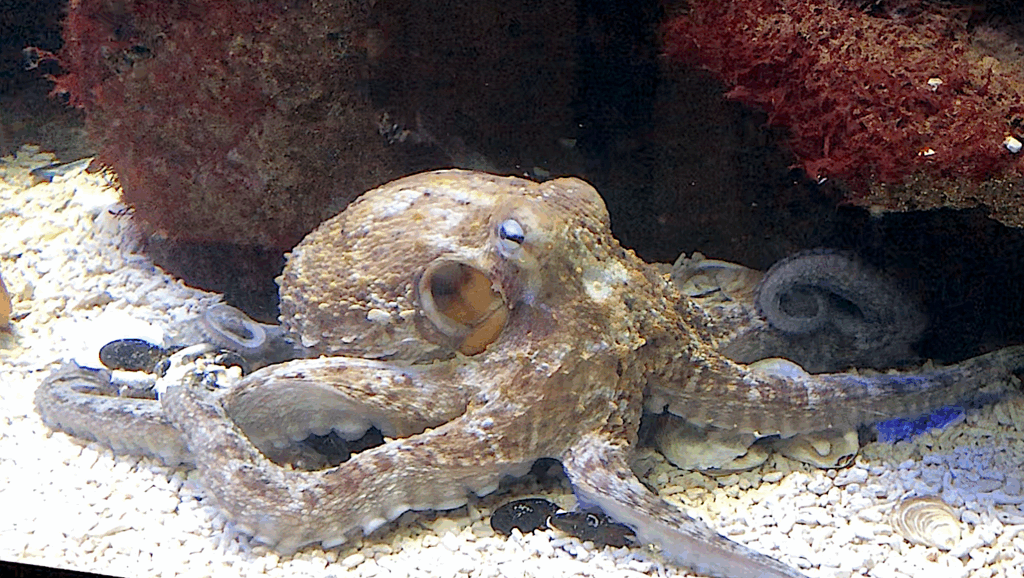Imagine a creature so bizarre that it feels straight out of a science fiction novel—a being with not just one, but three hearts, and an astonishing nine brains. This is not a mythical sea monster but the humble octopus, one of the ocean’s most mysterious and captivating animals. Their alien-like biology has fascinated scientists and storytellers alike, stirring our curiosity and challenging what we thought we knew about the natural world. How did this strange anatomy come to be, and what secrets does it reveal about life beneath the waves? Let’s dive deep into the world of the octopus and uncover the breathtaking science behind these extraordinary features.
Why Three Hearts? The Octopus’ Unique Circulatory System
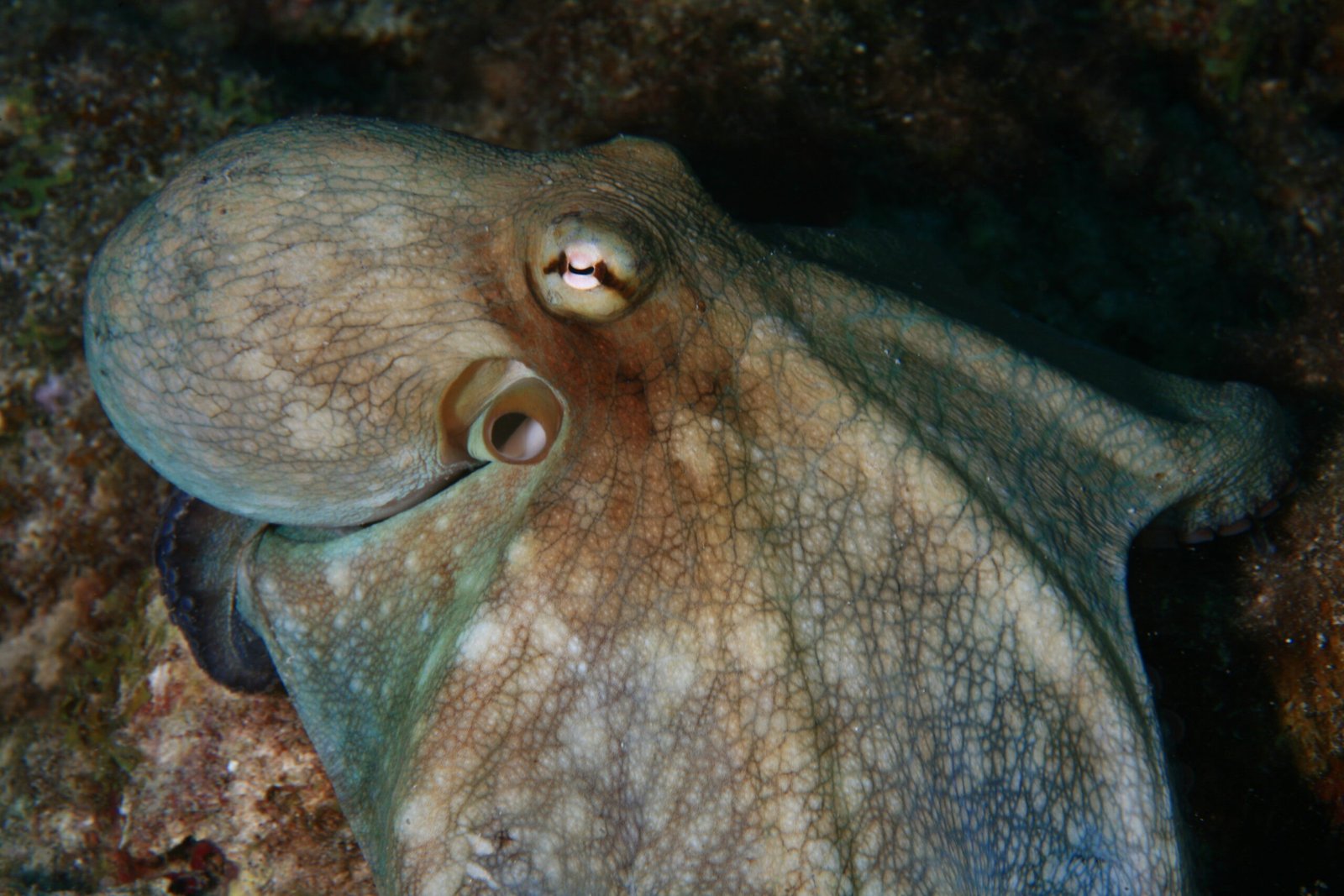
At first glance, three hearts might sound excessive, but for an octopus, it’s a necessity for survival. Unlike humans and most animals that rely on a single heart, the octopus has developed a circulatory system perfectly tailored for life in the ocean’s depths. Two of their hearts, known as branchial hearts, are dedicated to pumping blood through the gills, where it picks up vital oxygen. The third, the systemic heart, then circulates this freshly oxygenated blood throughout the rest of the body. This division of labor ensures that the octopus’s active, energy-hungry tissues always get the oxygen they need, even in chilly or low-oxygen waters. The three-heart system is a brilliant adaptation—nature’s way of helping these animals thrive in environments where others might struggle to survive.
The Nine-Brained Marvel: How Octopuses Think

While having three hearts is already fascinating, the octopus takes things up a notch with a truly astonishing nervous system: nine separate brains. The main brain, located between the eyes, is responsible for complex problem-solving, memory, and decision-making. But each of the octopus’s eight arms has its own mini-brain—a cluster of nervous tissue called a ganglion—that acts almost independently. This means that each arm can taste, touch, and manipulate objects on its own, sometimes even acting without direct input from the central brain. Imagine being able to write with one hand, draw with another, and play piano with a third—all at the same time and with different thoughts! This decentralized intelligence allows octopuses to multitask with incredible skill, helping them hunt, escape predators, and explore their surroundings with astonishing coordination.
Blue Blood: The Secret Ingredient for Survival
If the three hearts and nine brains weren’t strange enough, octopuses also have blue blood. Unlike humans, whose blood is red because of iron-based hemoglobin, octopus blood uses copper-based hemocyanin to carry oxygen. This blue pigment is more efficient at transporting oxygen in cold, low-oxygen environments, which is where many octopus species live. The combination of blue blood and a triple-heart system allows them to extract every bit of oxygen from their watery world—a perfect recipe for survival in the deep sea’s harshest corners. This unique adaptation is just another testament to how evolution has shaped the octopus into a true master of its environment.
Evolutionary Origins: How Did Octopuses Get So Weird?
The octopus’s strange anatomy didn’t appear overnight. Over millions of years, these animals have evolved from simpler mollusks into the complex, intelligent beings we know today. Scientists believe that the need to escape predators, hunt in diverse environments, and solve complex problems drove the development of their unique nervous and circulatory systems. By spreading intelligence throughout their bodies and developing specialized organs, octopuses gained the flexibility and quick-thinking needed to survive in the competitive world of the sea. Their evolution showcases nature’s ability to invent unexpected solutions to life’s many challenges.
Arm Independence: Each Limb with a Mind of Its Own
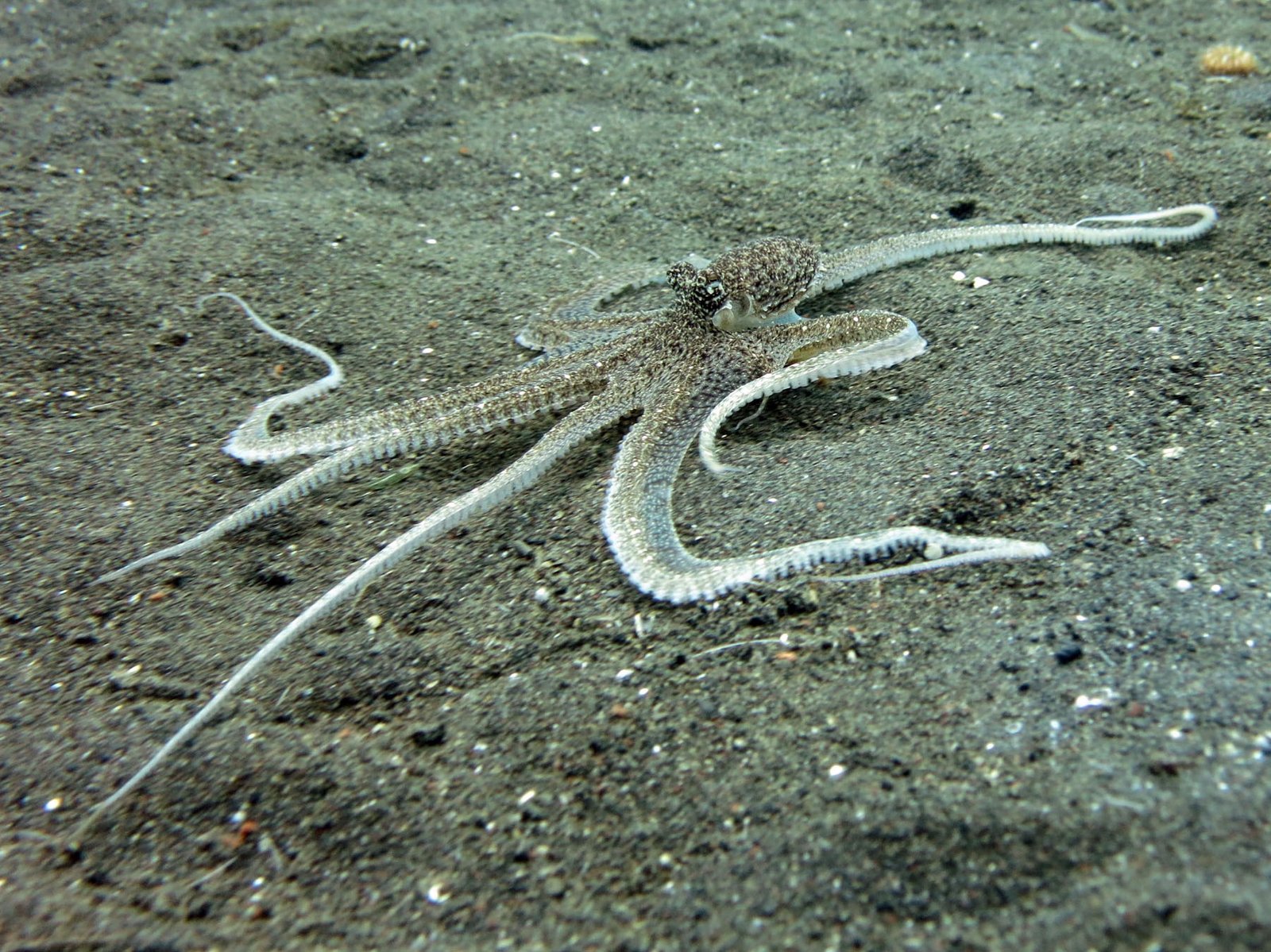
One of the most astonishing features of the octopus is the independence of its arms. Each arm’s “mini-brain” can process information and control movement without waiting for instructions from the main brain. This means an octopus can explore a crevice with one arm, open a shell with another, and camouflage itself with a third—all at once. Scientists have observed octopuses solving puzzles, opening jars, and even escaping from tanks, thanks to this distributed intelligence. It’s as if their arms have their own personalities and agendas, working both with and apart from the central mind. This makes the octopus one of the most flexible and unpredictable creatures in the animal kingdom.
Sensory Superpowers: How Octopuses Experience Their World
The octopus doesn’t just see with its eyes—it feels, tastes, and senses the world in ways that boggle the imagination. Each arm is lined with hundreds of suckers, each capable of tasting and feeling objects independently. This gives the octopus an almost superhuman level of awareness, allowing it to identify prey, avoid danger, and interact with its environment in a 360-degree fashion. Their skin can also change color and texture instantly, helping them hide from predators or communicate with other octopuses. With nerves and sensors spread throughout their bodies, these animals live in a world that is vivid, tactile, and incredibly complex.
Problem-Solving Geniuses: Intelligence Beyond Instinct
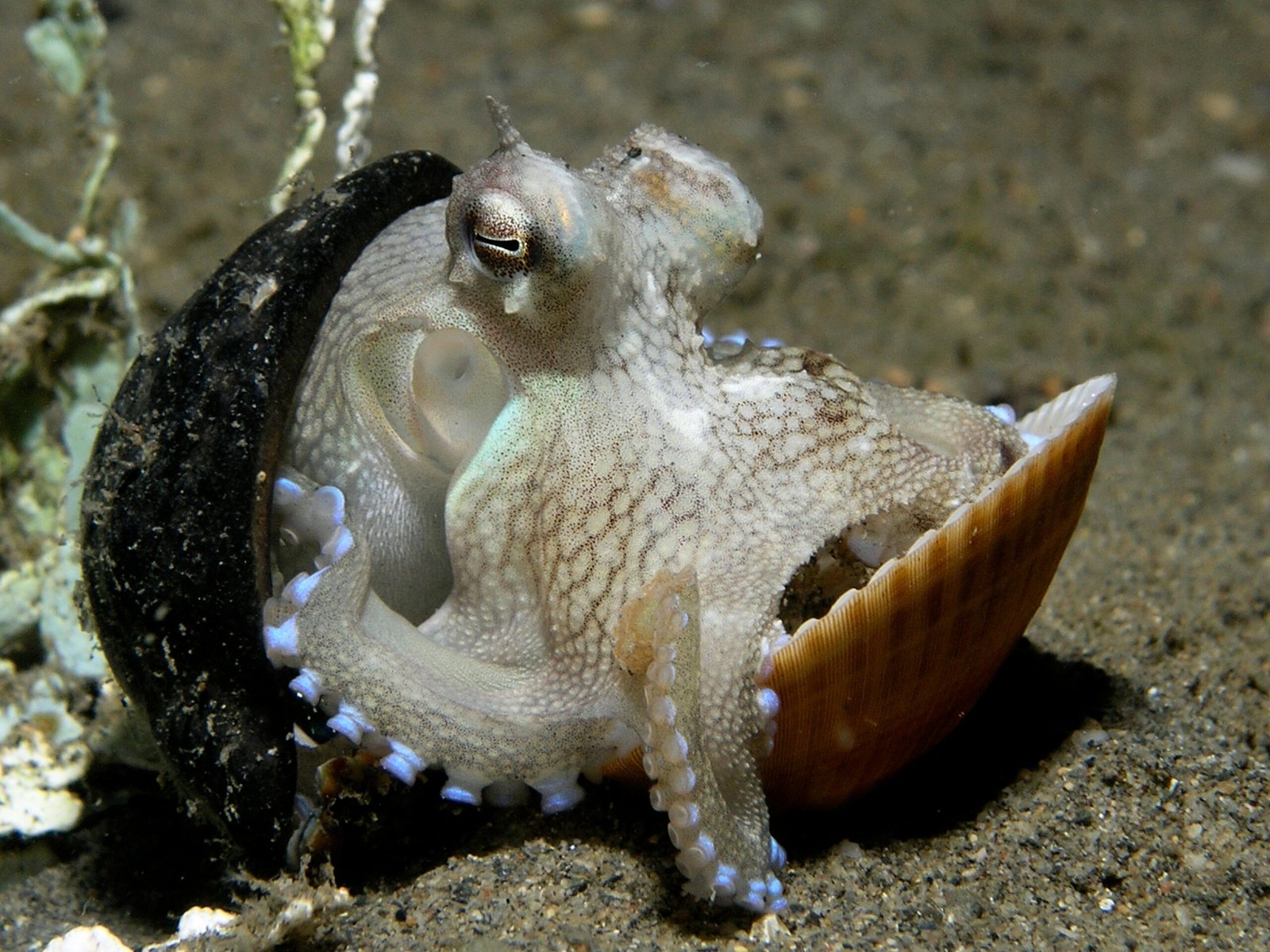
Octopuses are famous for their intelligence, often rivaling that of dogs, parrots, and even some primates. They use tools, recognize individual humans, and solve puzzles that would leave many other animals stumped. Their ability to learn from experience and remember solutions makes them standout problem solvers. In laboratories, octopuses have been seen opening childproof bottles, navigating mazes, and even playing tricks on their keepers. This intelligence, spread across multiple brains, gives them a creative edge in the wild, allowing them to adapt to new situations and outsmart predators or prey.
Escape Artists: The Ultimate Survivors
With their flexible bodies, clever minds, and independent arms, octopuses have earned a reputation as master escape artists. There are countless stories of octopuses slipping through tiny gaps in aquarium lids, unscrewing jar lids from the inside, and even sneaking into neighboring tanks for a midnight snack. Their ability to squeeze through spaces as small as their beak (the only hard part of their body) is legendary. This talent is not just for show—it’s a crucial survival skill in the wild, where escaping from predators or exploring new hiding places can mean the difference between life and death.
Short but Spectacular Lives
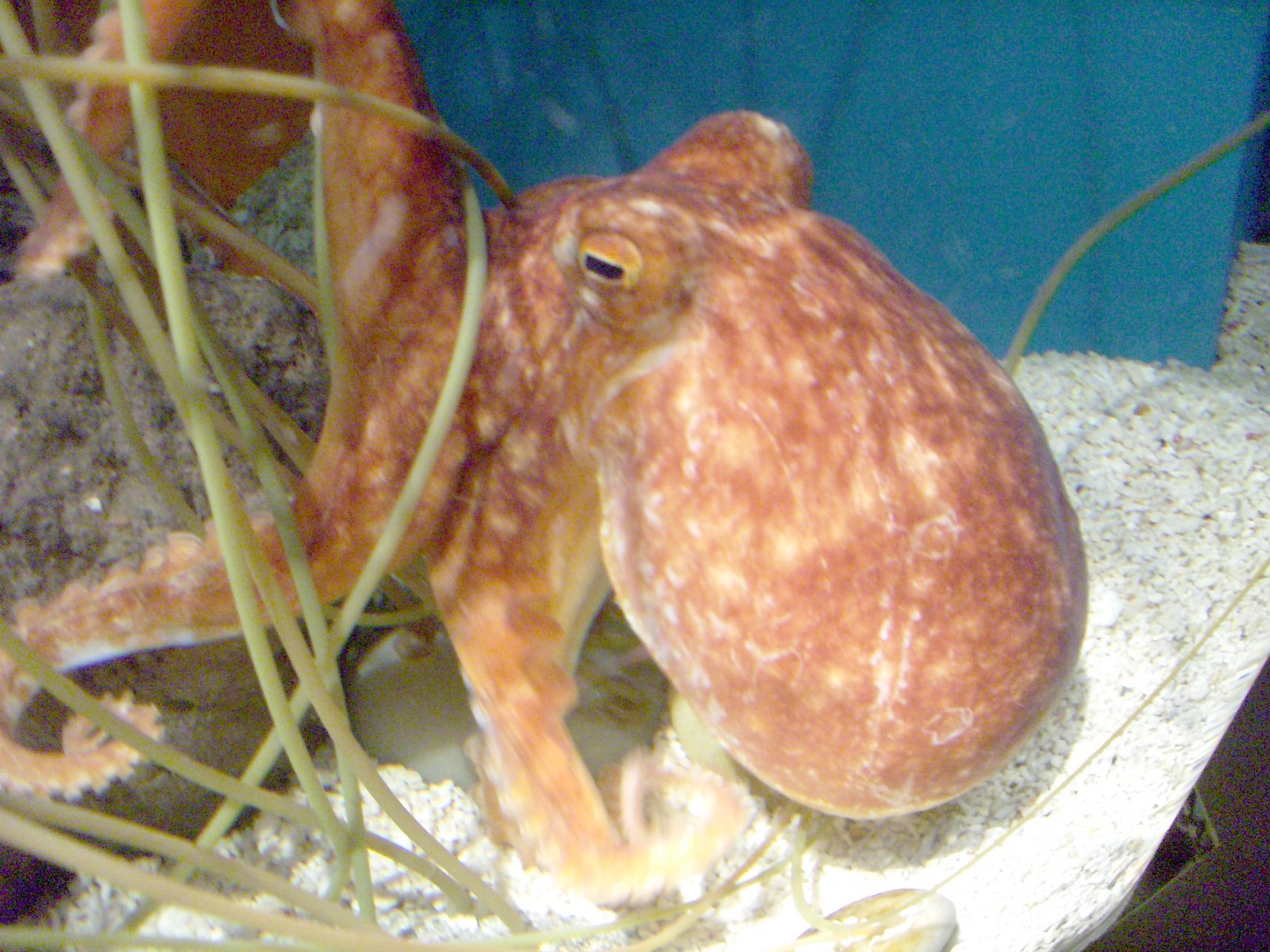
Despite their intelligence and adaptability, most octopuses lead surprisingly short lives, often just one to two years. The reason lies in their intense reproductive strategy: after mating, both males and females die shortly thereafter. Females devote all their energy to guarding and aerating their eggs, sometimes to the point of starvation. This brief but dramatic life cycle is a poignant reminder of the octopus’s role in the ocean’s web of life. Each generation must learn, adapt, and survive all over again, driving the constant evolution of their remarkable abilities.
The Octopus as a Window into Alien Life
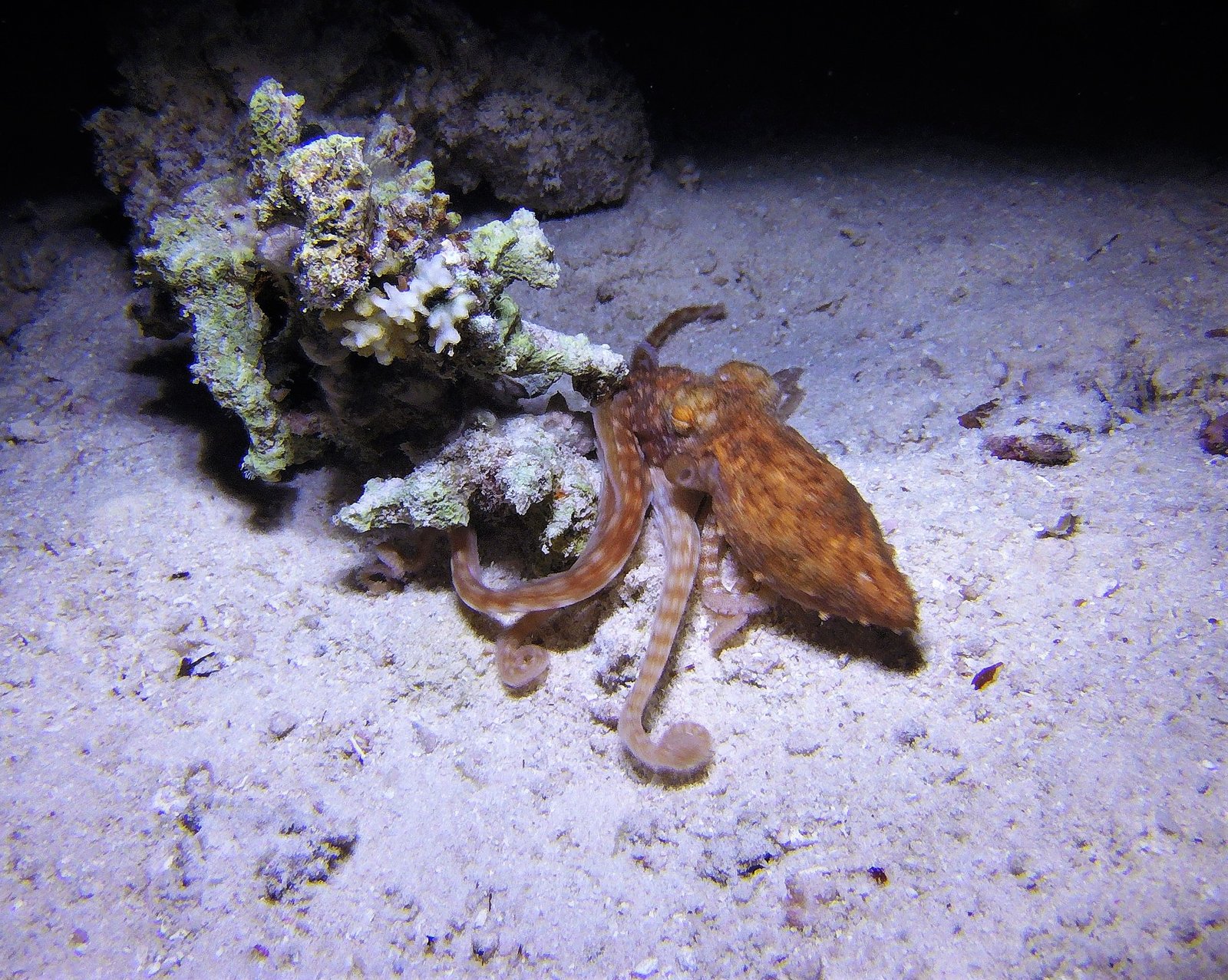
Some scientists describe octopuses as “the closest thing to aliens on Earth.” Their biology is so different from ours that studying them can feel like peering into another world. Their three hearts, nine brains, blue blood, and shape-shifting bodies challenge our ideas about what is possible in nature. As we search for life beyond our planet, the octopus reminds us that intelligence, adaptability, and creativity can evolve in ways we might never expect. Their existence inspires wonder, curiosity, and maybe even a touch of envy for the marvels that still await discovery in the deep blue sea.

